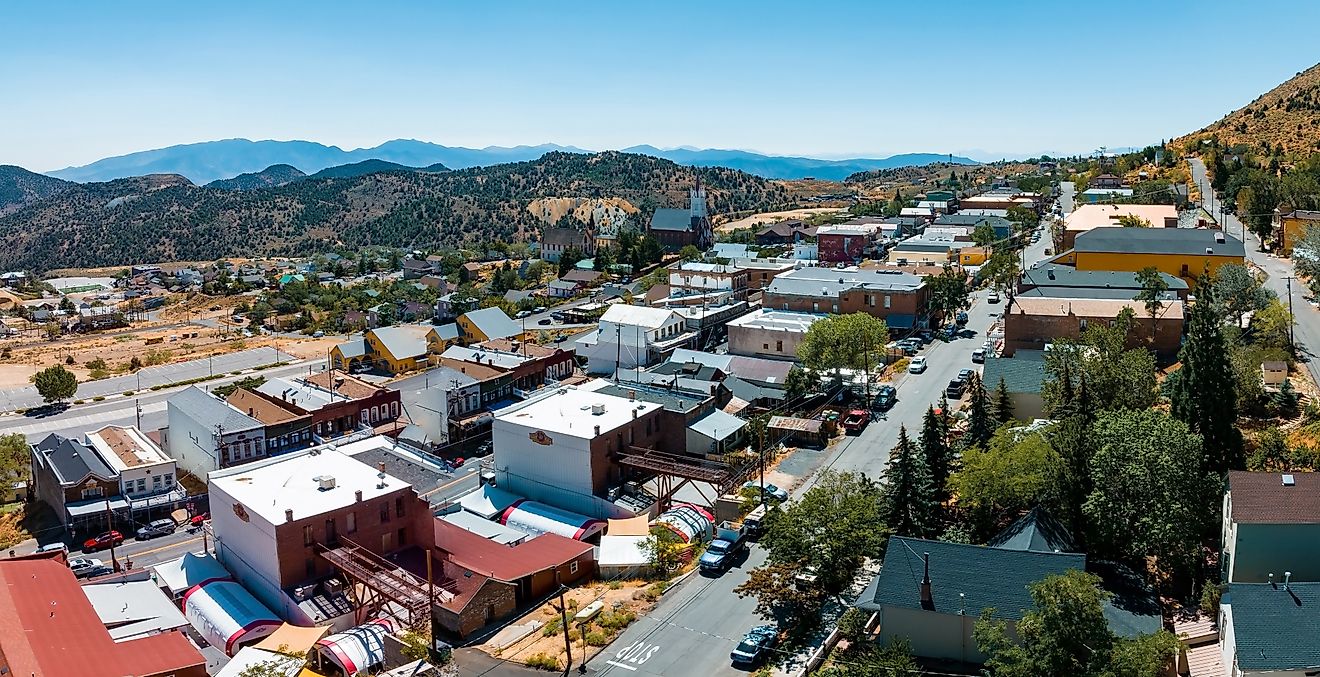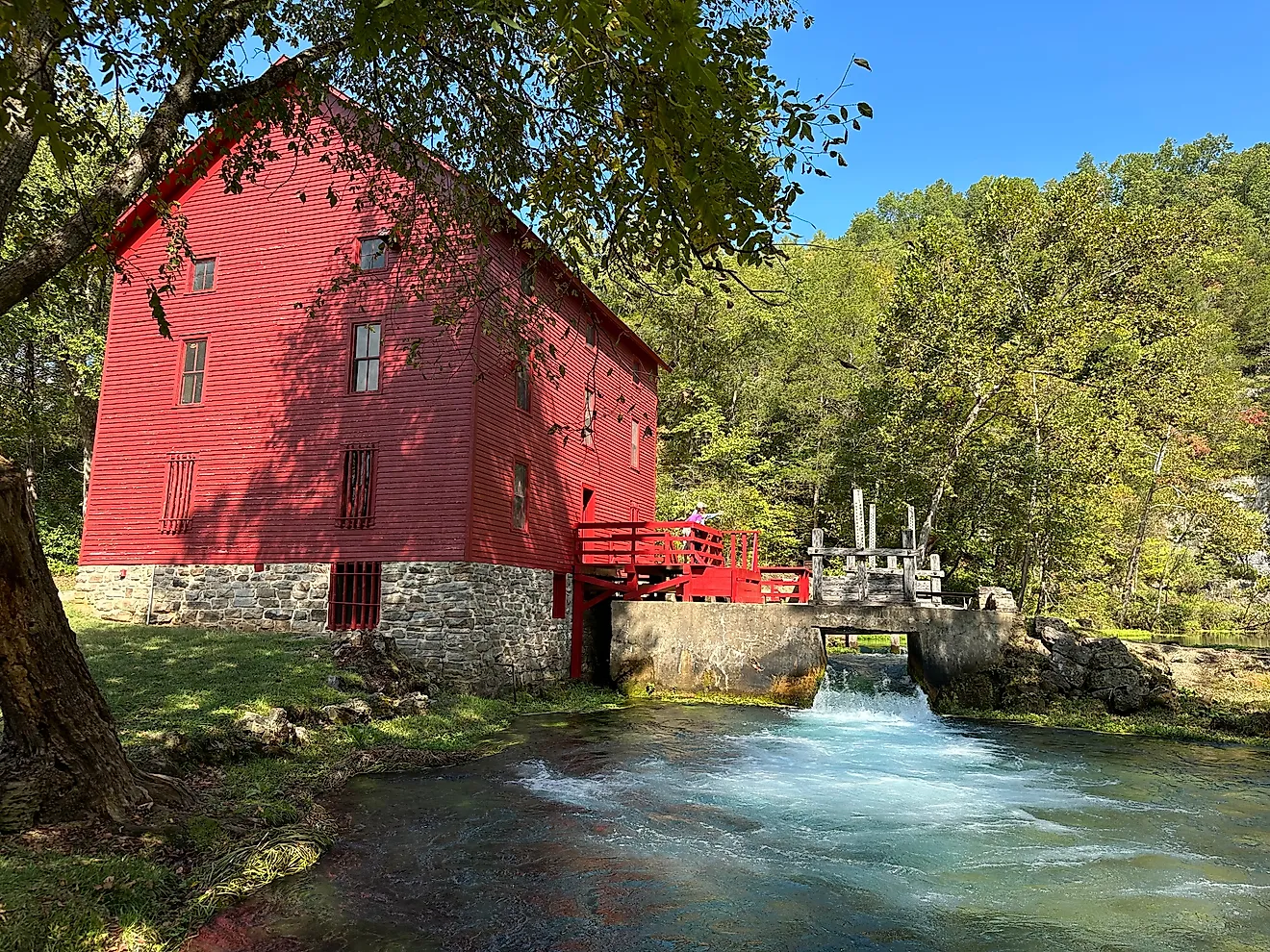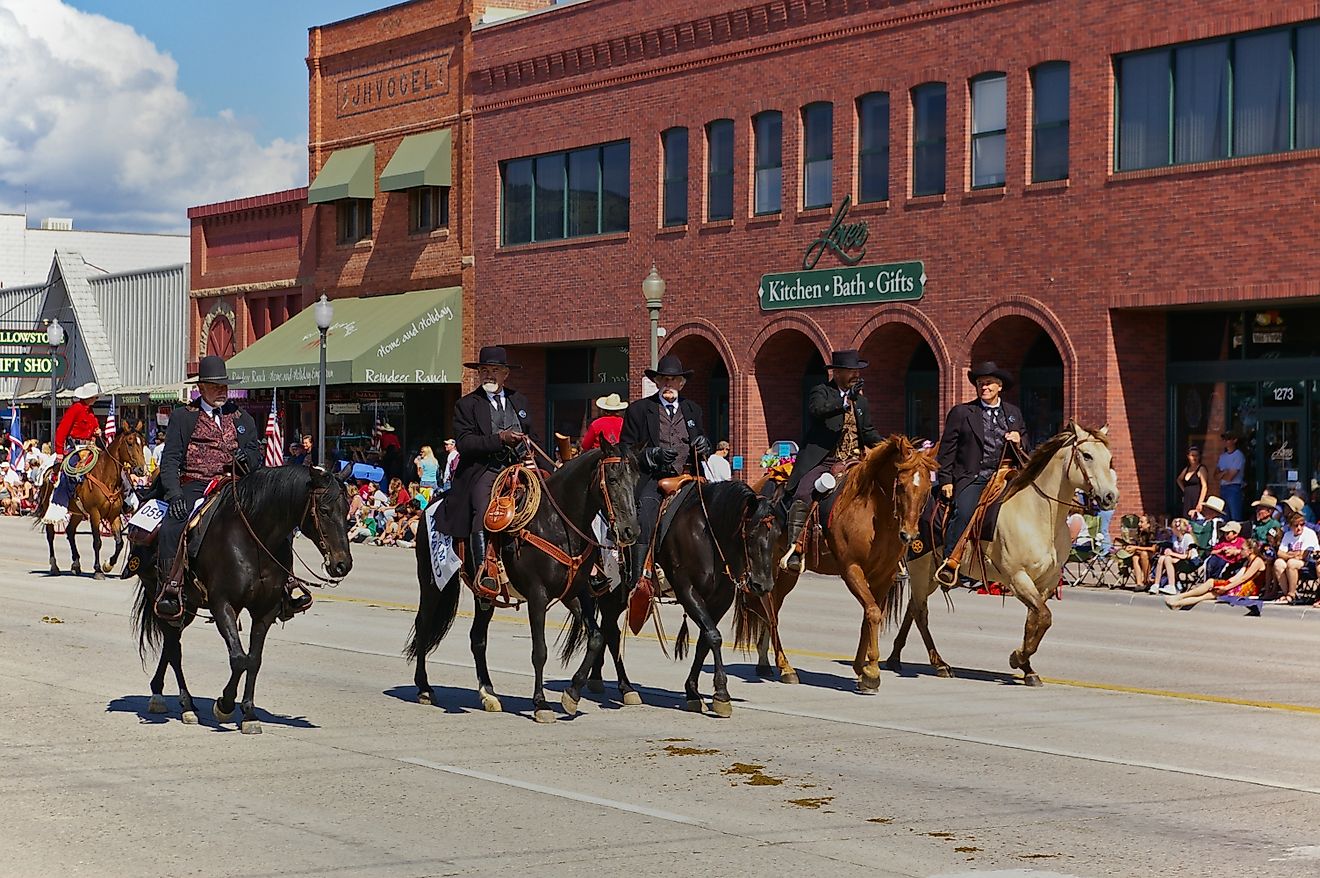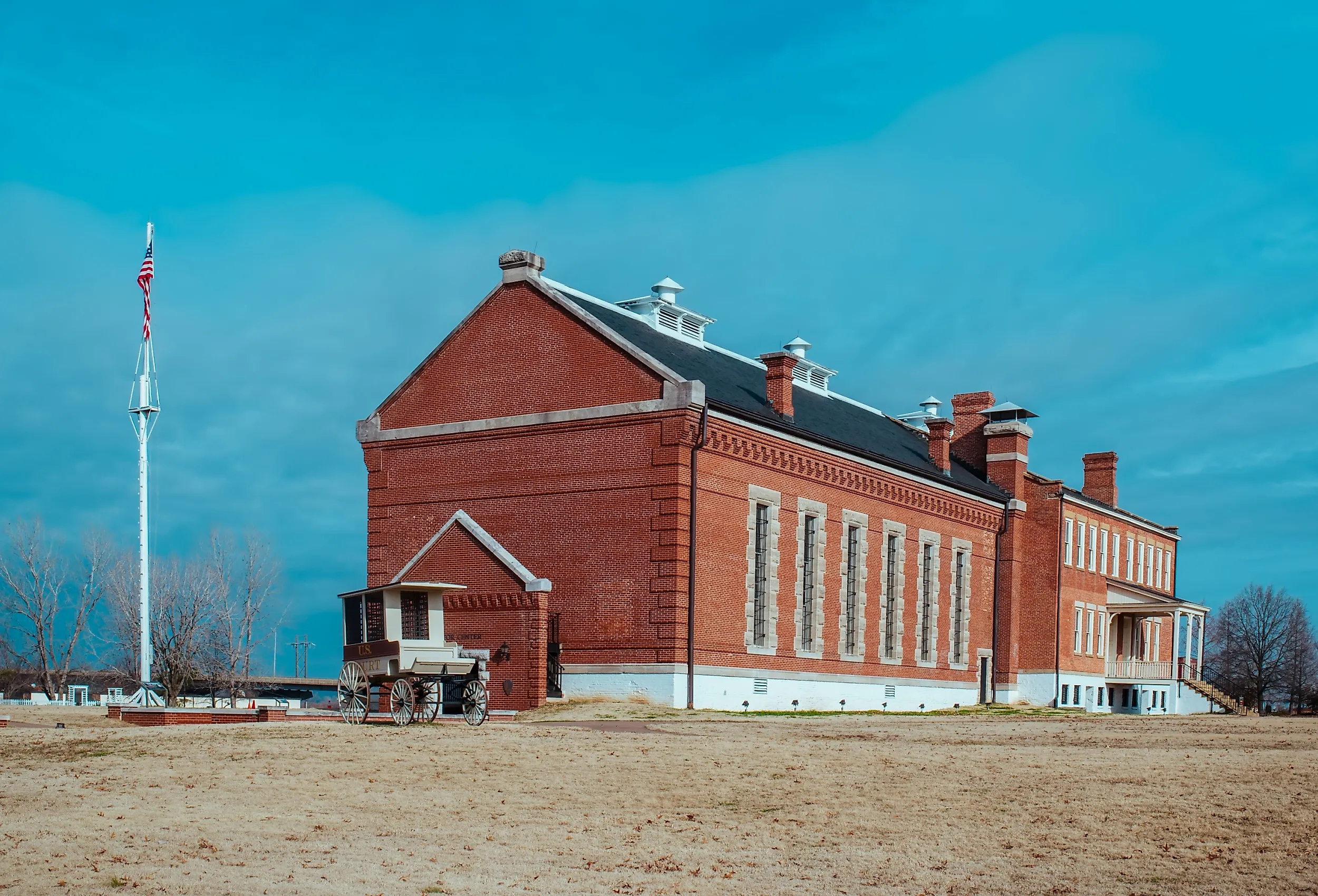
4 Must-See Historic Forts In Arkansas
Arkansas has a rich history shaped by Native American cultures, European exploration, and American settlement. It became the 25th state of the United States in 1836. The region was important for trade, exploration, and expansion in early America.
Arkansas’s military history played a key role in its development. Forts were built to protect settlers, control trade routes, and defend the land from foreign powers and Native American resistance. These forts served as military outposts during conflicts like the Civil War and the Indian Removal period.
Today, several historic forts in Arkansas are open to the public. They give visitors a chance to step back in time and see where soldiers lived, trained, and fought. You can walk through old barracks, explore earthwork defenses, and learn how these forts shaped the state’s history. Visiting these sites helps connect us with the challenges and struggles of the past.
Fort Smith National Historic Site
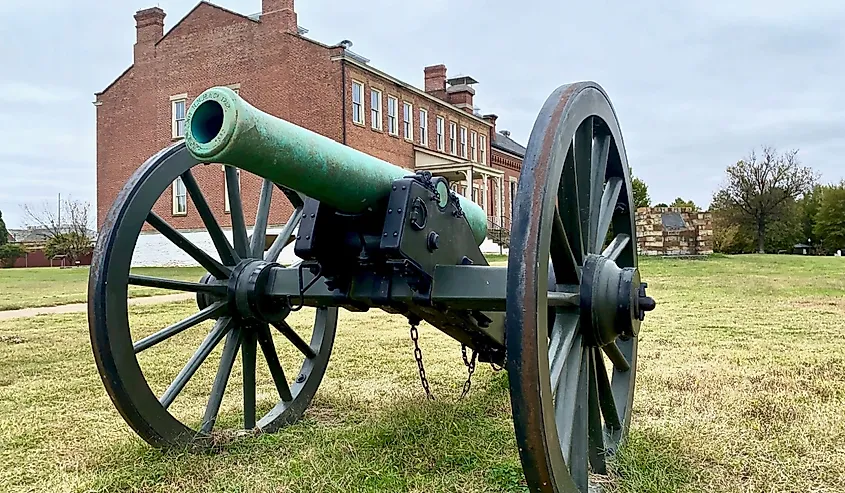
Fort Smith National Historic Site is located in Fort Smith, Arkansas. It was established in 1817 as a military outpost to control the western frontier. The site played a key role in law enforcement during the Indian Territory era and served as a base during the Indian Removal period. It is also known for its connections to the Wild West. Fort Smith preserves the site of two military posts and the historic Federal Court for the Western District of Arkansas.
During the Civil War, the U.S. Army abandoned the fort to the state militia on April 23, 1861. Confederate forces occupied it until September 1863. The Union then took control and held it for the rest of the war, despite attacks by Confederate Gen. Stand Watie. The fort served as a refuge from guerrilla activity during this time. Today, visitors can see preserved barracks, a restored gallows, the historic courthouse, museum exhibits, and enjoy guided tours and reenactments.
Arkansas Post National Memorial (Fort Hindman)
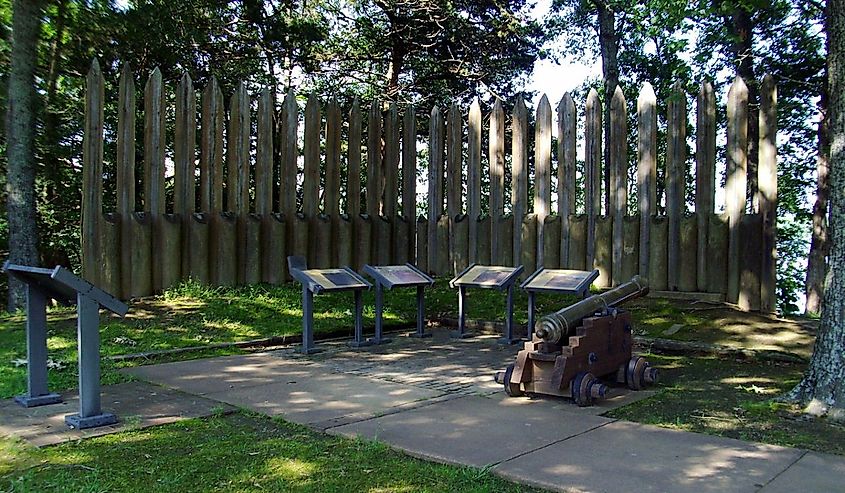
Arkansas Post National Memorial (Fort Hindman) is located in Gillett, Arkansas, along the Arkansas River. It was established in 1686 as the first European settlement in Arkansas and became a key French trading post. During the Civil War, Fort Hindman was built in 1862 as a Confederate defensive position to protect the Arkansas River. In 1863, it was captured by Federal troops and the Union navy and later destroyed.
Over time, changes in the river’s course claimed most of the structure. Today, visitors can see the reconstructed earthworks and explore the visitor center with exhibits about both colonial history and the Civil War battle at Arkansas Post. Walking trails take you through the peaceful natural landscape that surrounds the site. Some of the original trenches still remain, though little else has survived. Managed by Arkansas Post National Memorial, the site tells the story of early settlement, war, and the changing landscape of Arkansas.
Fort Chaffee Historic District
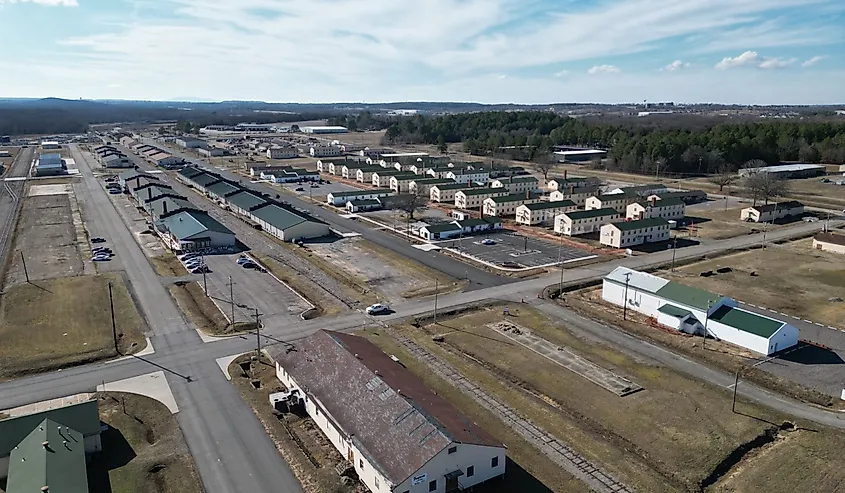
Fort Chaffee Historic District was built in 1941 as a U.S. Army training facility. It played a major role in preparing soldiers for combat during World War II. Thousands of troops trained here in live fire exercises, land navigation, chemical warfare, and other essential military skills. The site helped equip the 6th, 14th, and 16th Armored Divisions, which went on to fight in battles like the Battle of the Bulge and the Liberation of Pilsen.
After the war, Fort Chaffee continued to serve as a training post. It also became a refugee center multiple times, including for Vietnamese, Cambodian, and Cuban refugees, and later for victims of Hurricane Katrina. In 1958, Elvis Presley received his famous military haircut here. Today, visitors can explore restored barracks, training areas, and historical markers.
Fort Southerland
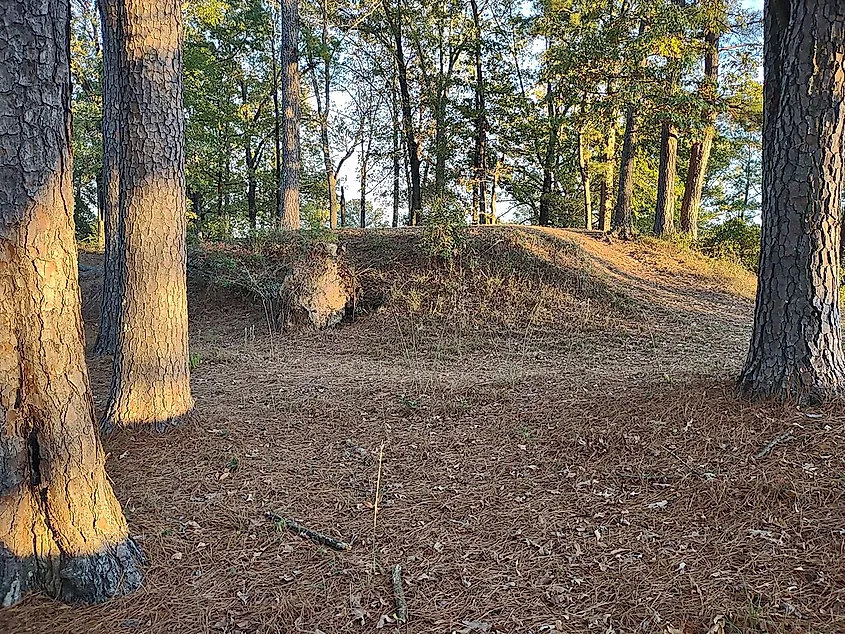
Fort Southerland, also called Fort Diamond, is in Camden, Arkansas. It was built in 1864 during the Civil War as part of the Camden Defensive Line. Confederate soldiers first constructed the fort to protect the town from advancing Union forces. Later, when Union troops occupied Camden, they strengthened the fortifications. Along with nearby Fort Lookout, it formed a strong defensive system for the area.
Today, Fort Southerland is one of the few surviving sites from that network. Visitors can see preserved earthworks that show how soldiers defended the city. The site is marked with interpretive signs that explain the history, making it easy to follow the story of both Confederate and Union use. Walking trails and picnic areas are also available.
The forts of Arkansas show how much the state’s history was shaped by conflict, defense, and survival. These forts are reminders of how soldiers and settlers lived, fought, and endured in the past. They also highlight how Arkansas played a role in some of the nation’s biggest events, from westward expansion to global war. Visiting them is a way to connect with history and to see how those struggles continue to shape the state today.
